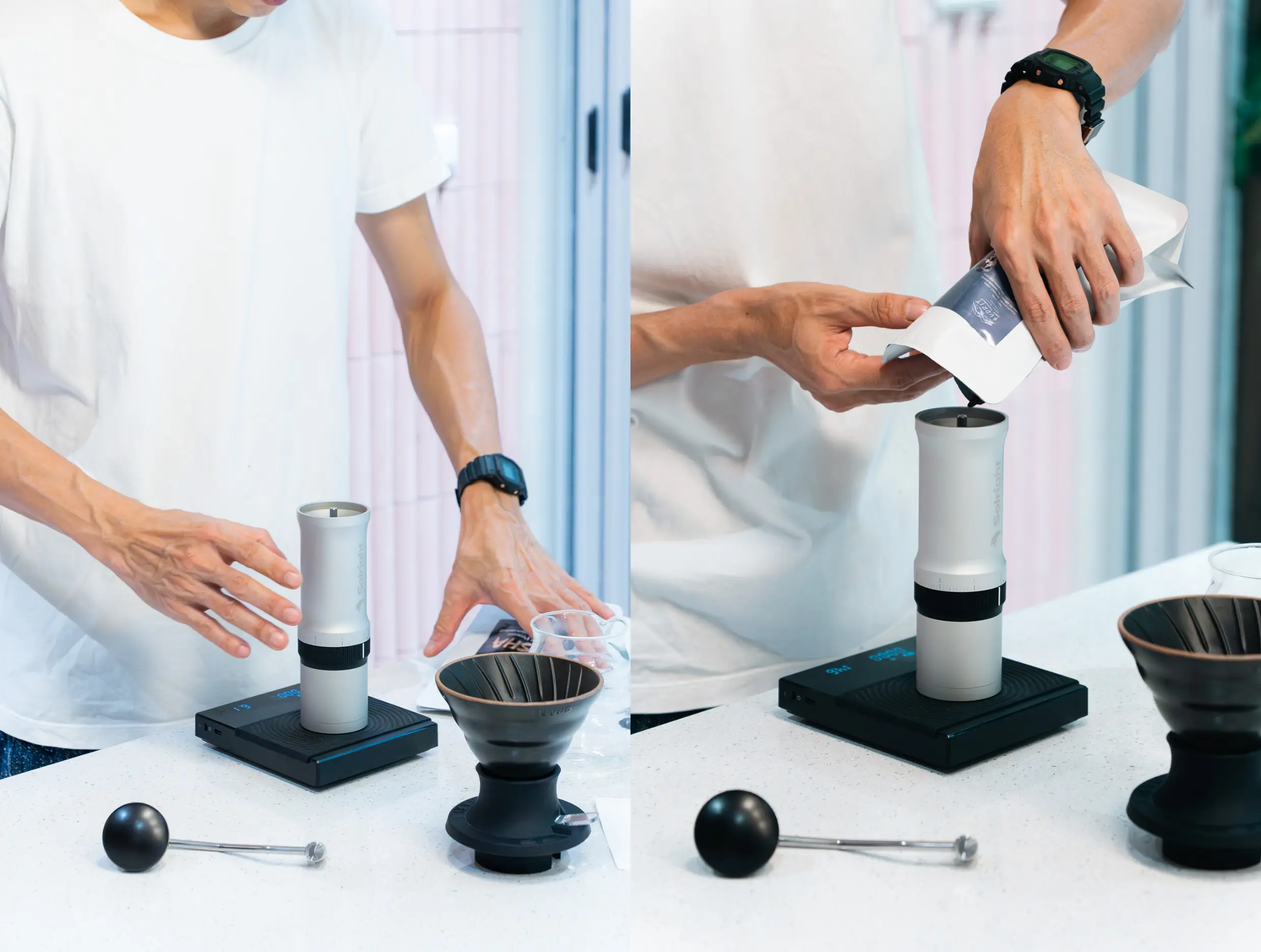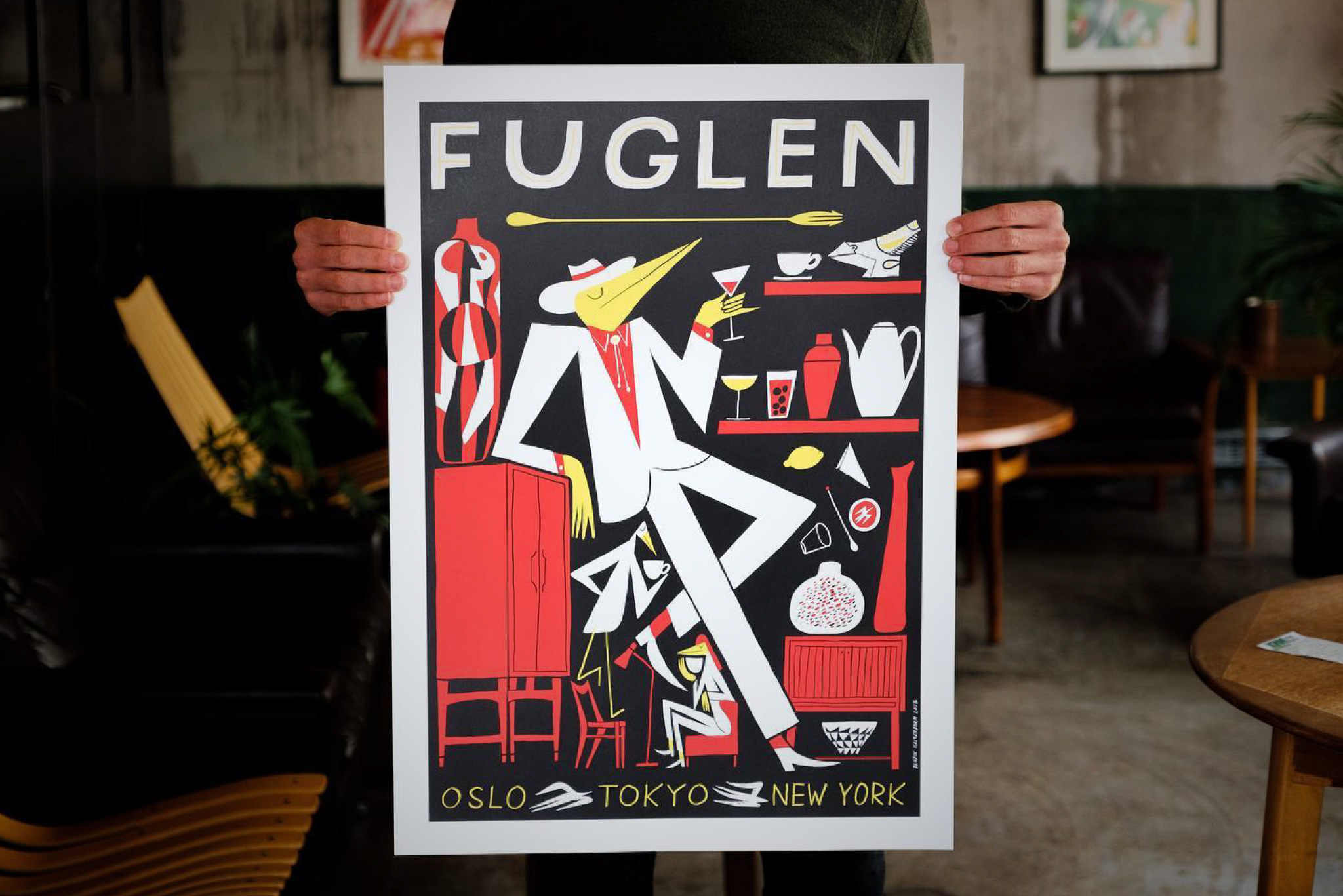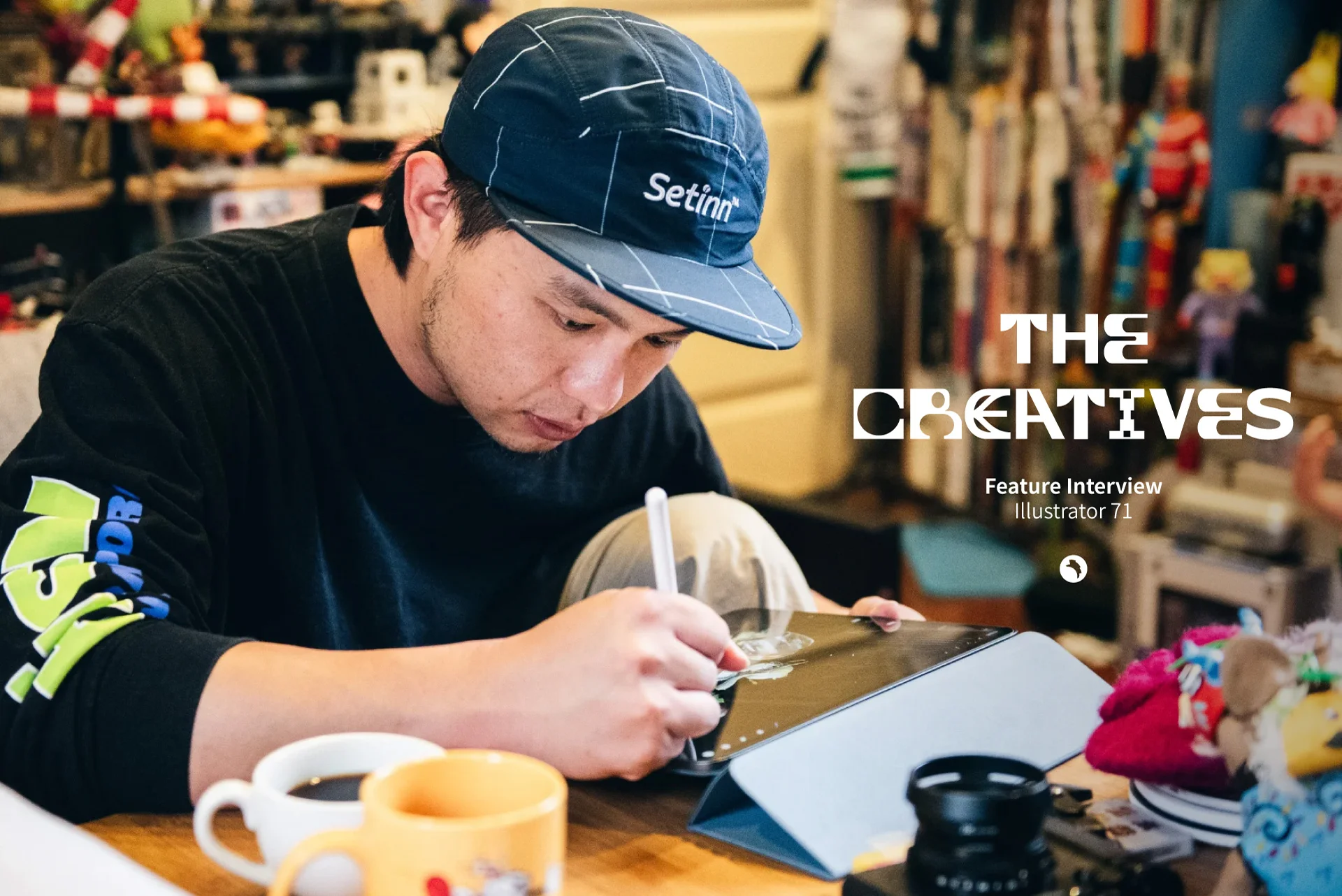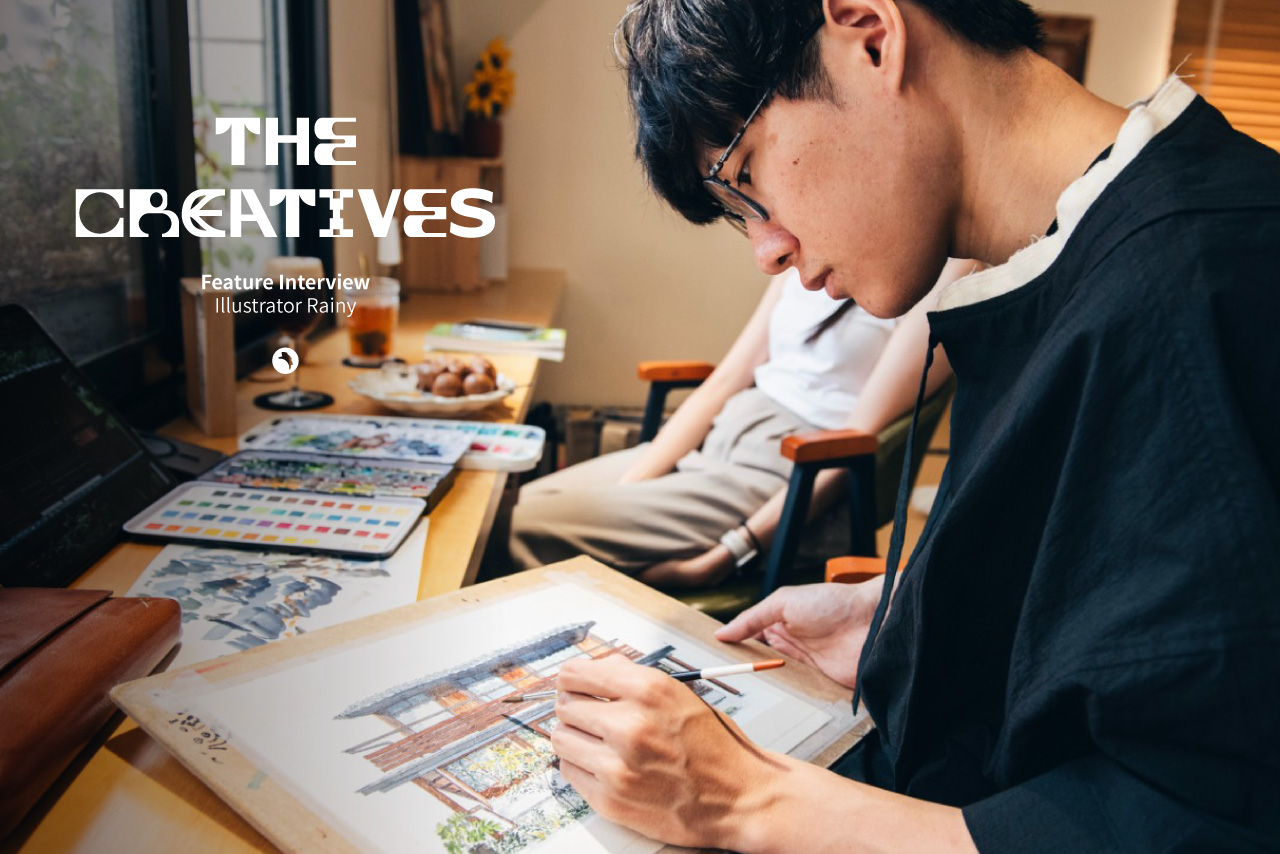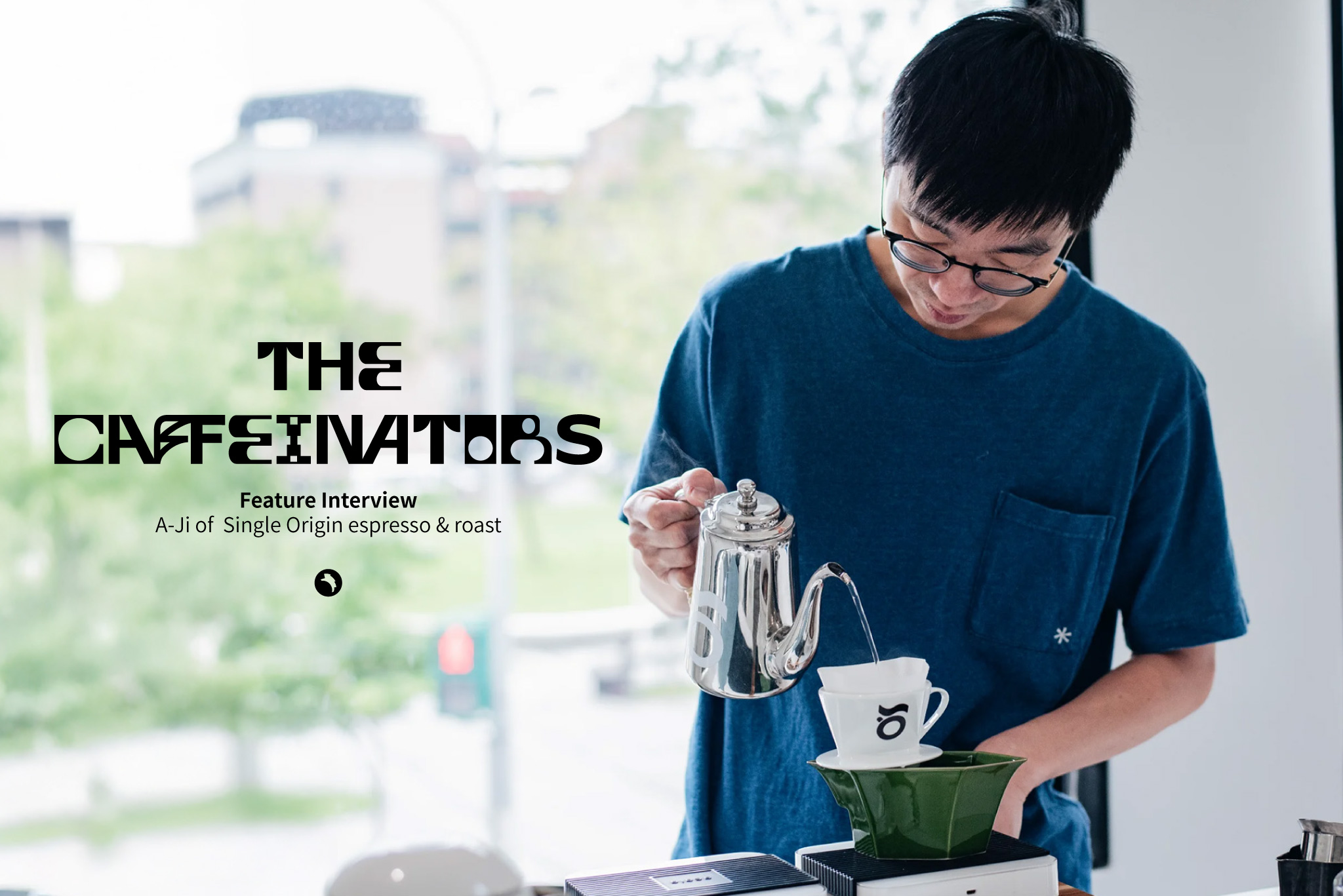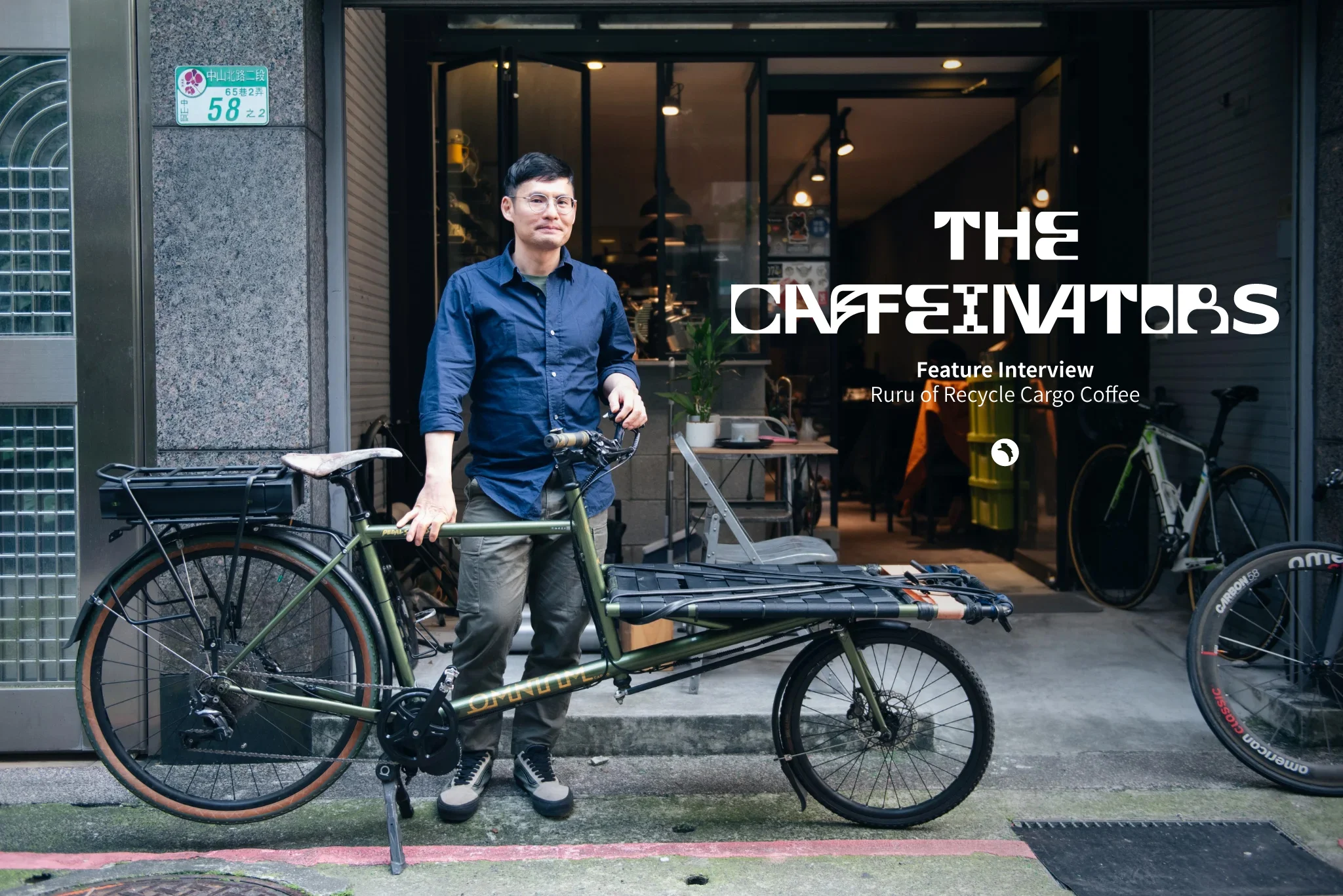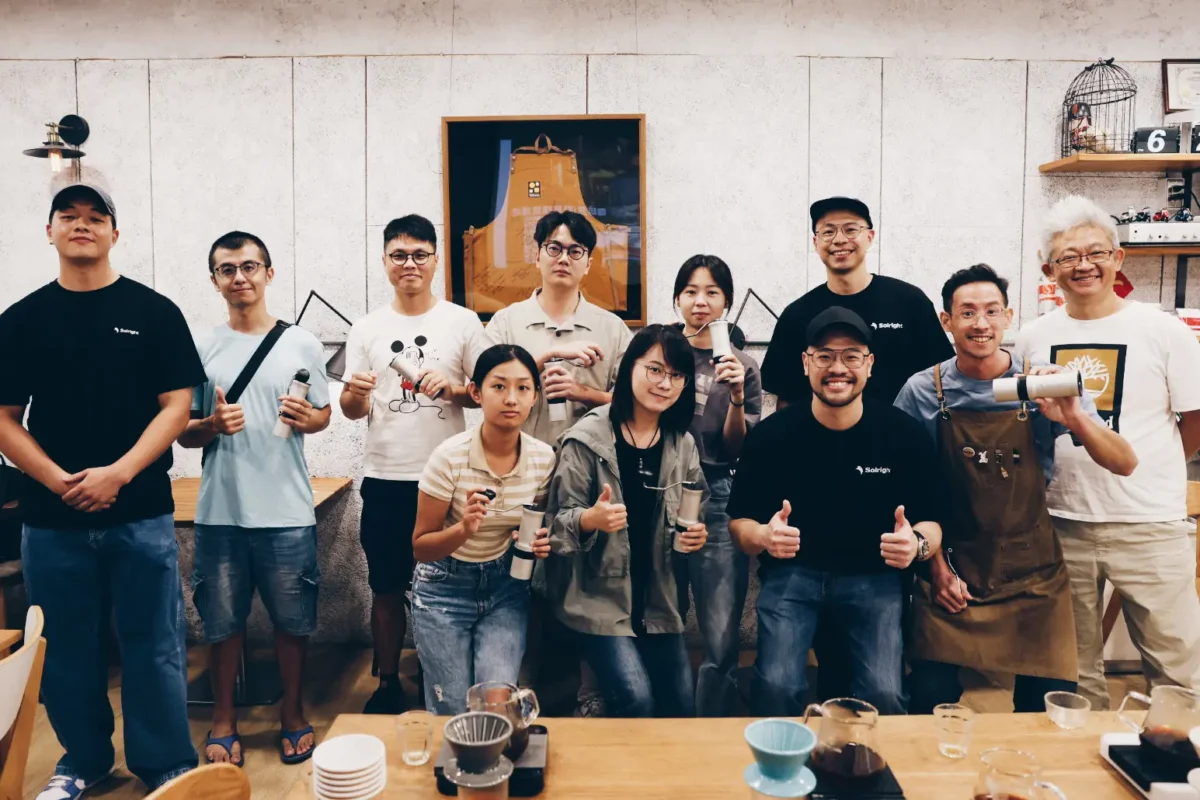Solrighter
Interview|Between Old Furniture and the Aroma of Coffee — The Daily Rhythm of Boogie Woogie’s Hermit
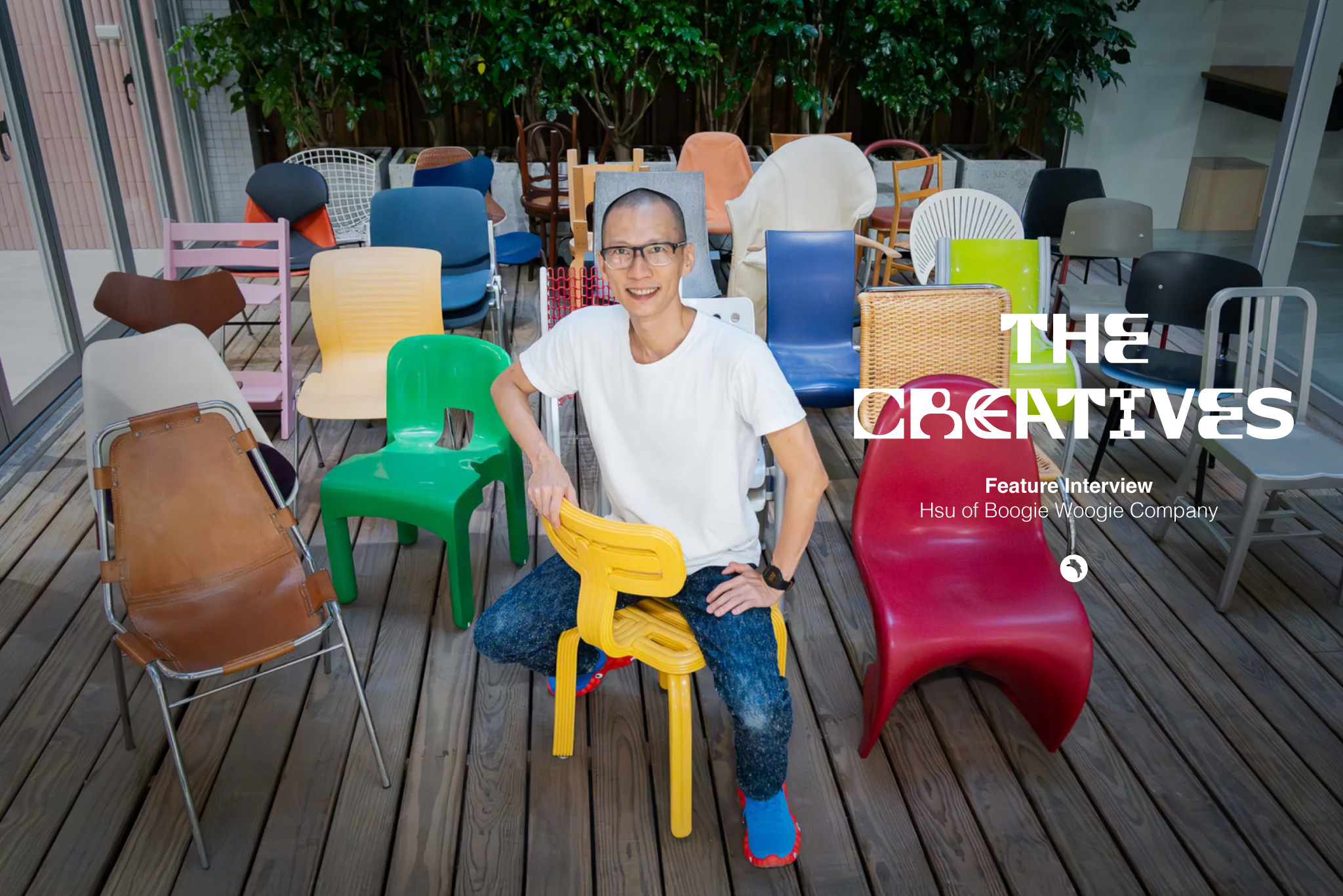
The morning light slips softly through the curtains. In Hermit’s kitchen, the gentle hum of a coffee grinder signals the start of another day.
From Construction Sites to European Flea Markets: A Journey That Changed Everything
Before becoming the founder of Boogie Woogie Company, Hermit worked as an architect and interior designer. Back then, he often designed not only spaces but also the furniture that went inside them.
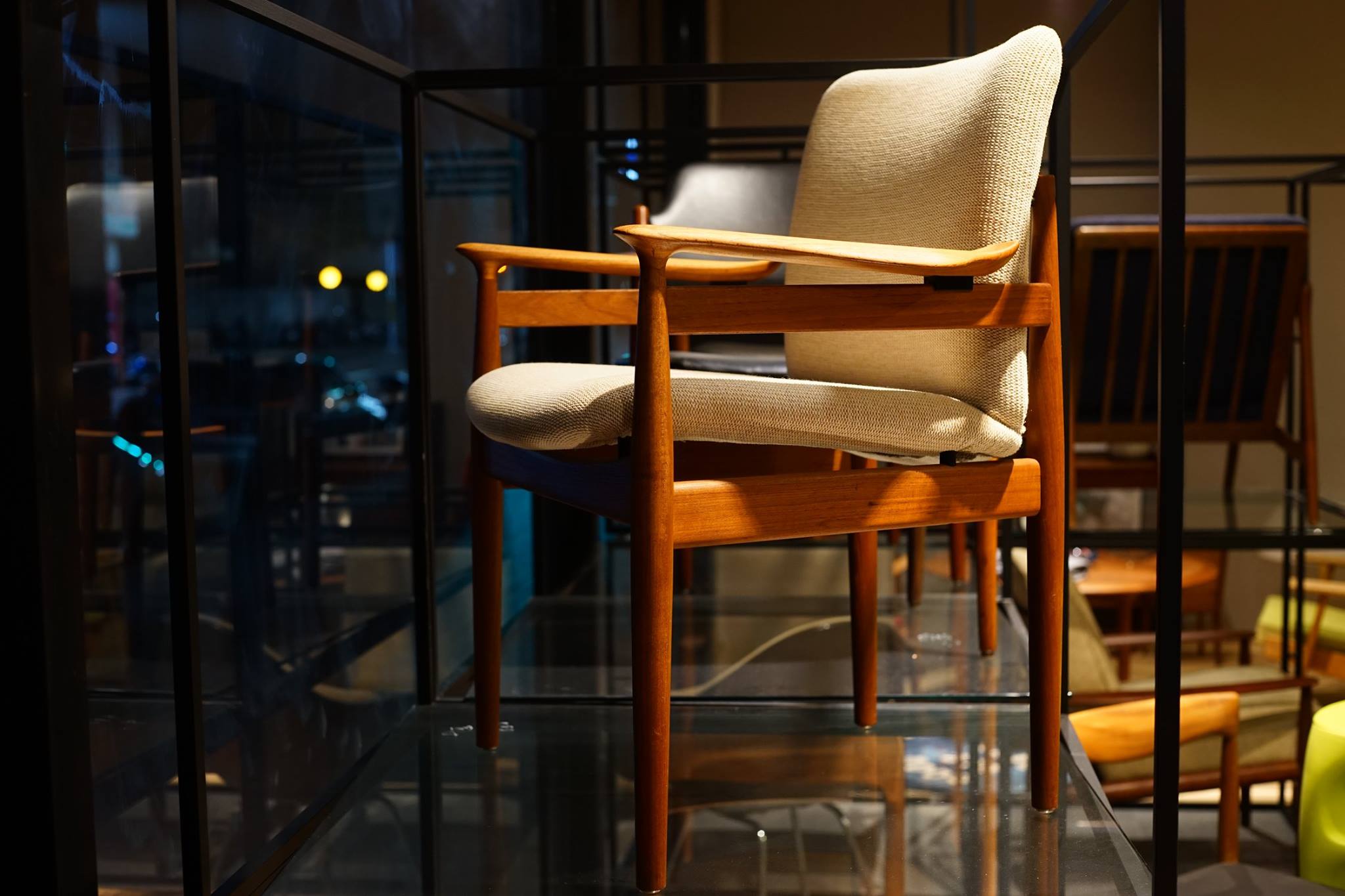
Yet he often felt frustrated—Taiwan’s market offered few choices for imported furniture, and his creative visions were constantly limited by what was available. “You know exactly what kind of personality a chair should have,” he says, “but you just can’t find it anywhere.”
That changed when he moved to Germany for further studies. While moving from one apartment to another, he began exploring local flea markets and antique shops—and was amazed. “In Europe, good furniture is everywhere,” he recalls. “Walking into a small market and finding well-designed, affordable vintage pieces—it wasn’t just shopping. It was a gateway to a new way of living.”
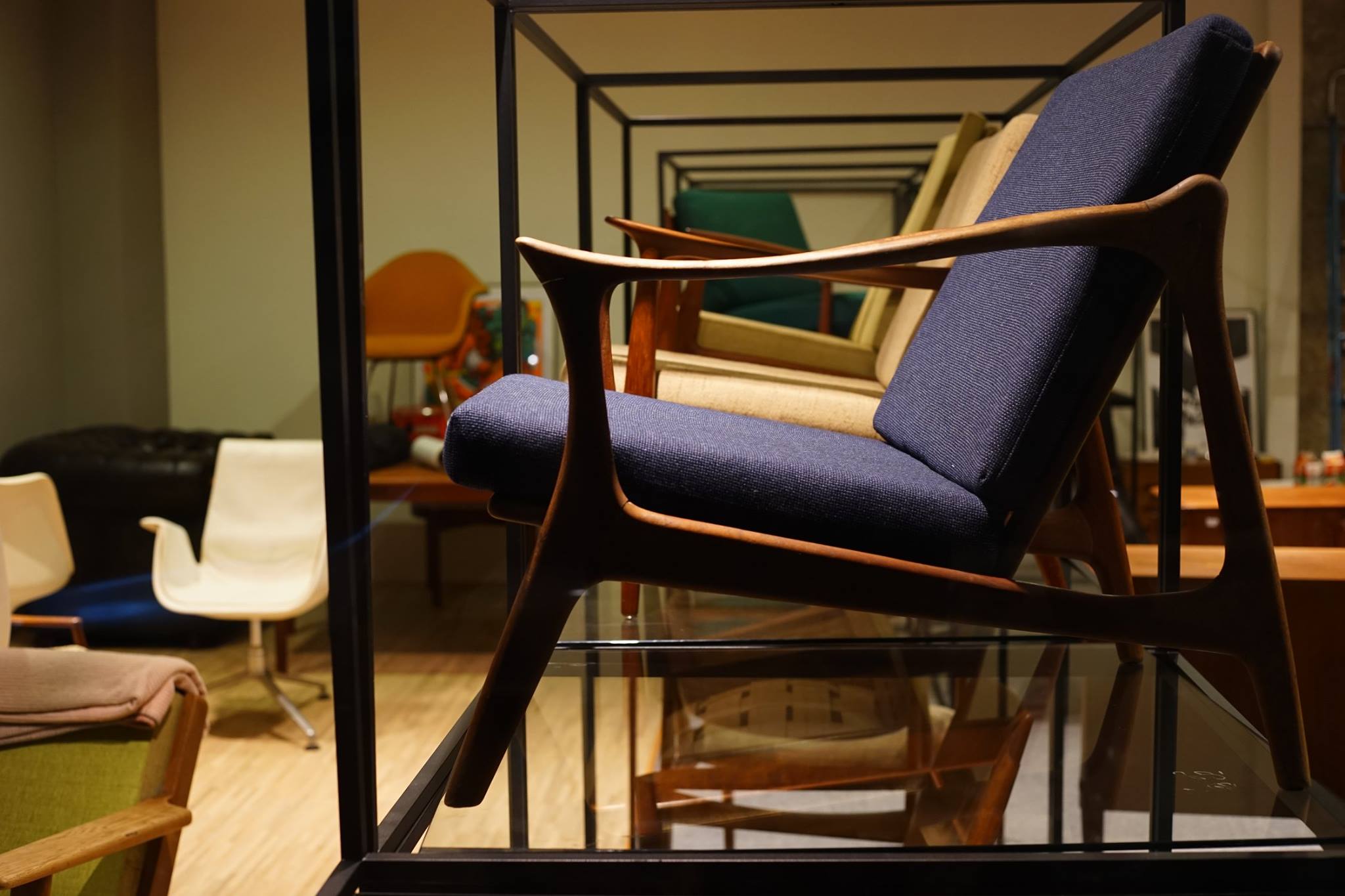
Boogie Woogie: Finding Joy Amid the Everyday Grind
After returning to Taiwan, Hermit naturally started his own furniture design business.
The name “Boogie Woogie” comes from a three-beat musical rhythm—the root of blues and rock. For Hermit, it represents the idea of finding joy in the midst of struggle.
In Japanese, “部屋 (heya)” means “room,” while in Mandarin, the name “Boogie” phonetically echoes the letter “B.” Together, it forms a playground where life and aesthetics meet.
“I don’t see myself just as someone selling furniture,” Hermit explains. “I see myself as an educator—someone who sneaks a bit of design knowledge and aesthetic thinking into every piece that leaves the shop.”
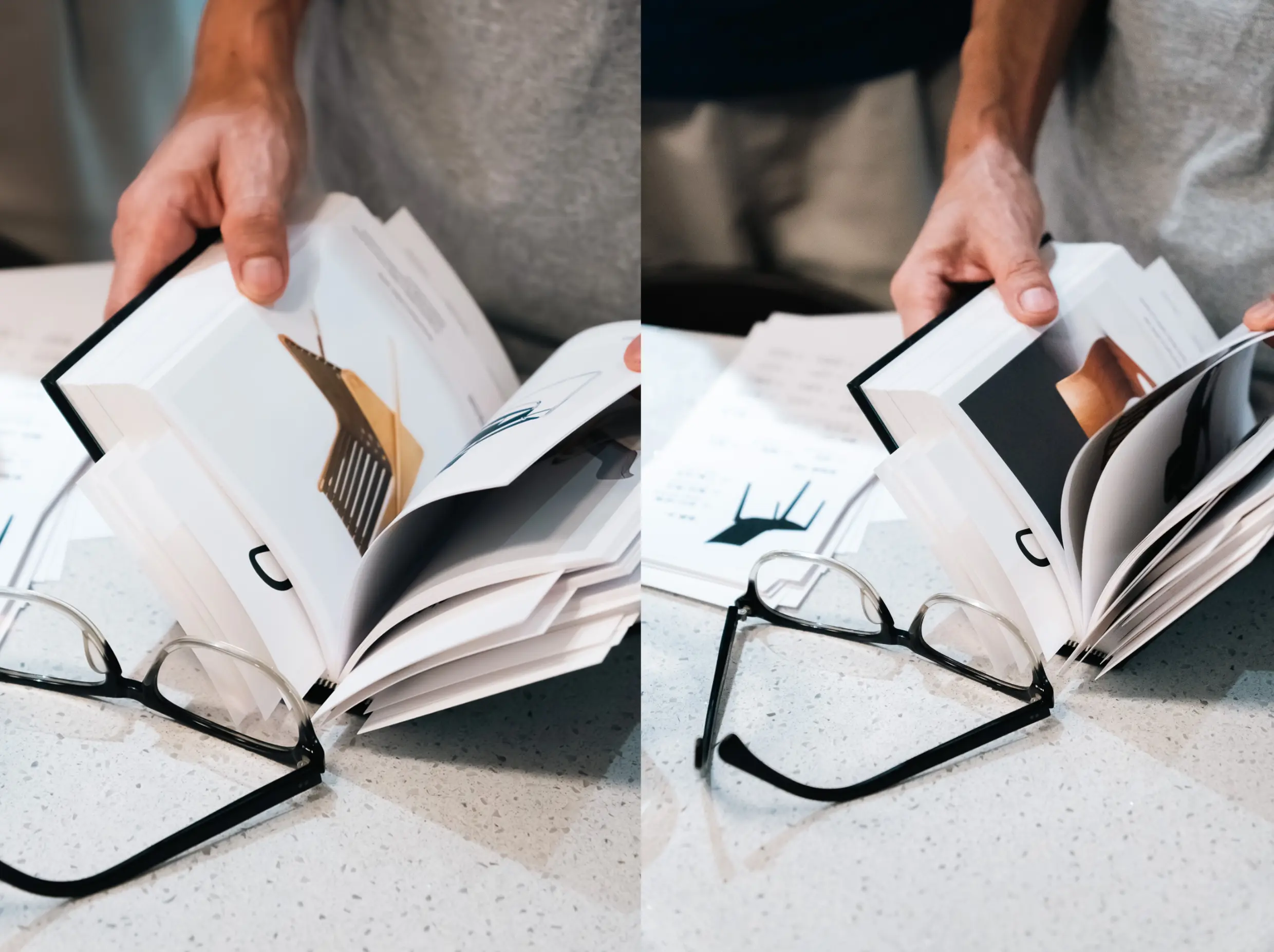
The Danish Spirit: Quiet Dedication, Not Loud Design
Interestingly, Hermit didn’t start out chasing the “Nordic countries look.” It just happened naturally—eight out of ten of his collected pieces turned out to be Danish.
He’s drawn to Danish design because of its quiet humility. “These designers weren’t trying to prove how great they were,” he says. “They just wanted to make something truly good.”
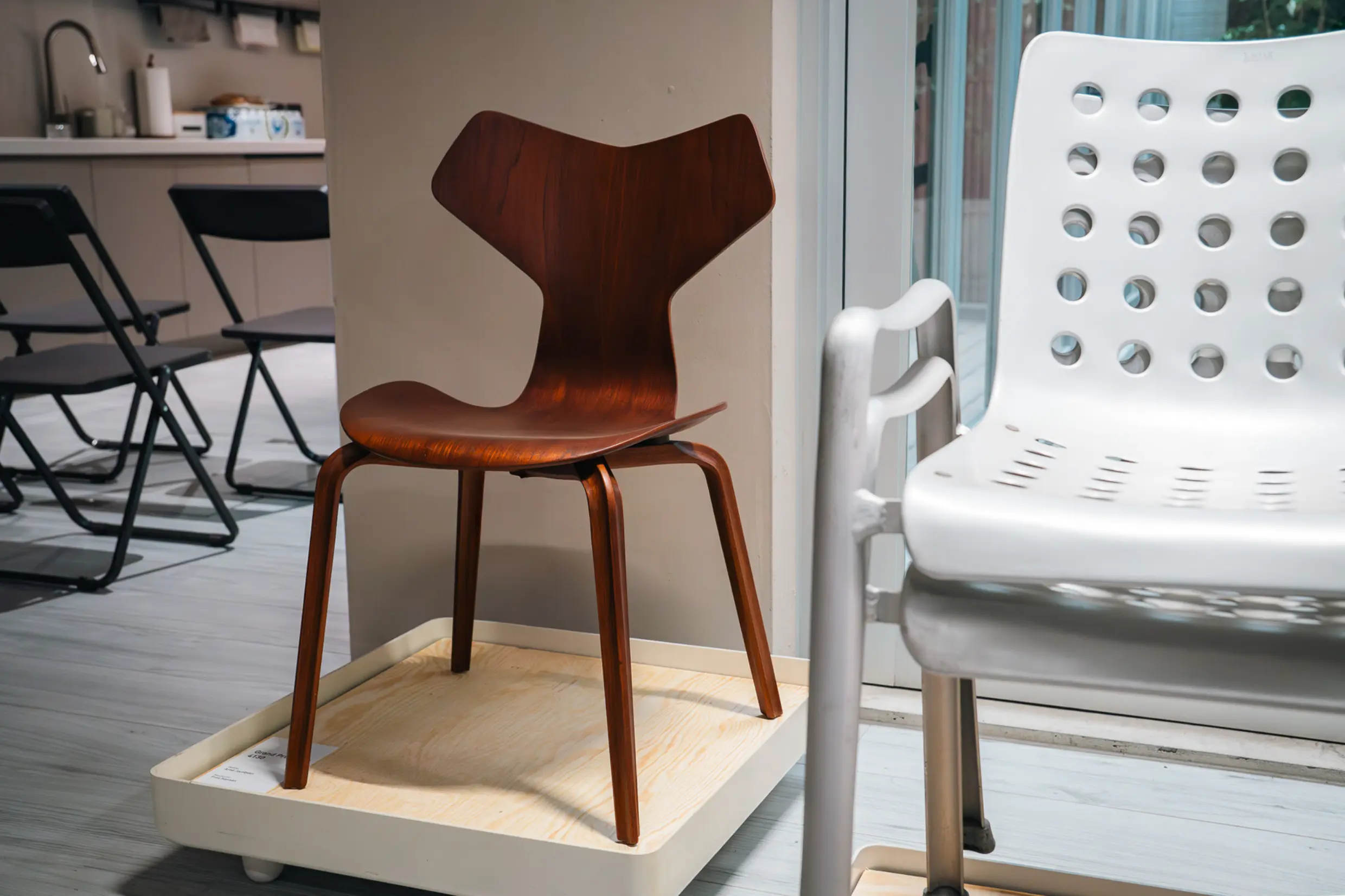
That spirit reminds him of Japanese craftsmanship—an understated but unwavering dedication to precision. Through material, texture, and touch, a sense of quiet perfection emerges—so much that each piece seems to hold its own subtle presence in the room.
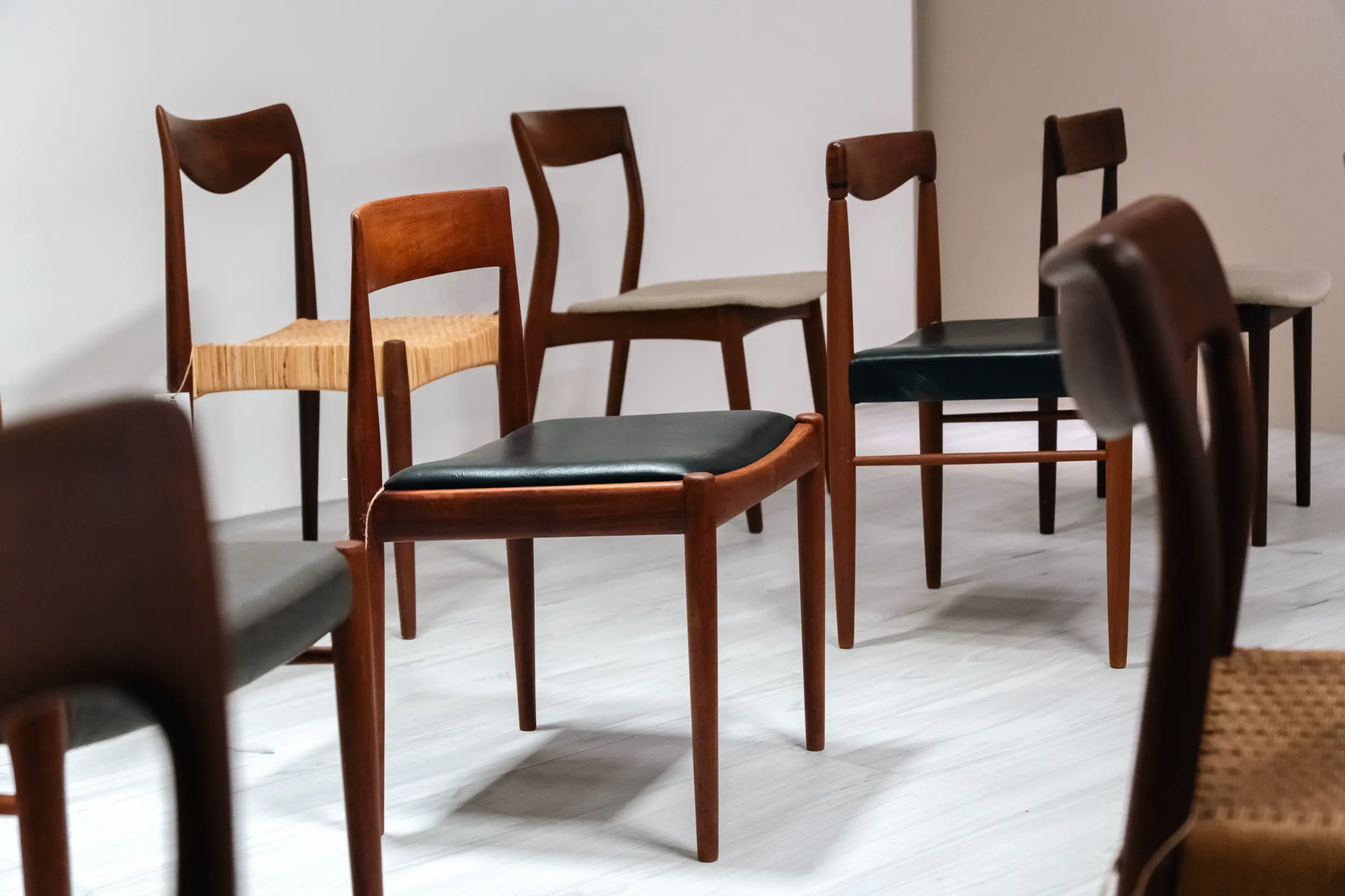
Mix & Match: Finding the Hidden Logic Behind Taste
This year, Hermit and Boogie Woogie collaborated with JuRi Construction to host an exhibition titled “Mix & Match — You Create the Combination!”
The show explores 32+1 dining chairs through three lenses: functionality, aesthetics, and atmosphere, encouraging visitors to experiment and develop their own design logic.
Hermit poses a playful question:
“When someone on the street dresses in mismatched clothes, we call it chaos, but when Alessandro Michele at Gucci does it, it becomes high fashion. Why is that?”
His goal is to help people understand that taste, though subjective, still follows certain invisible principles.
Through this exhibition, he hopes to “smuggle in” a bit of semiotic thinking—turning academic design theory into something people can feel through daily life.
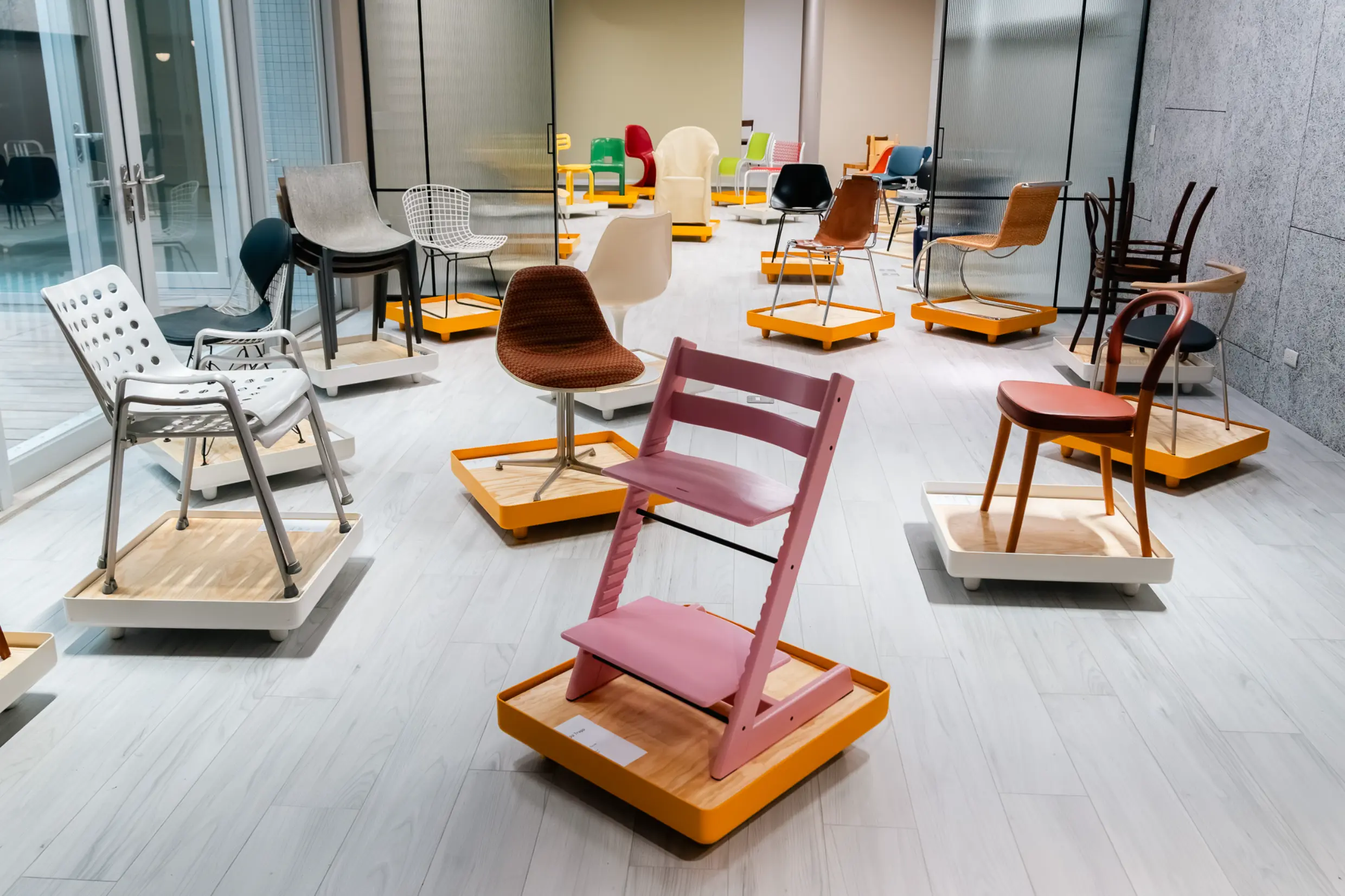
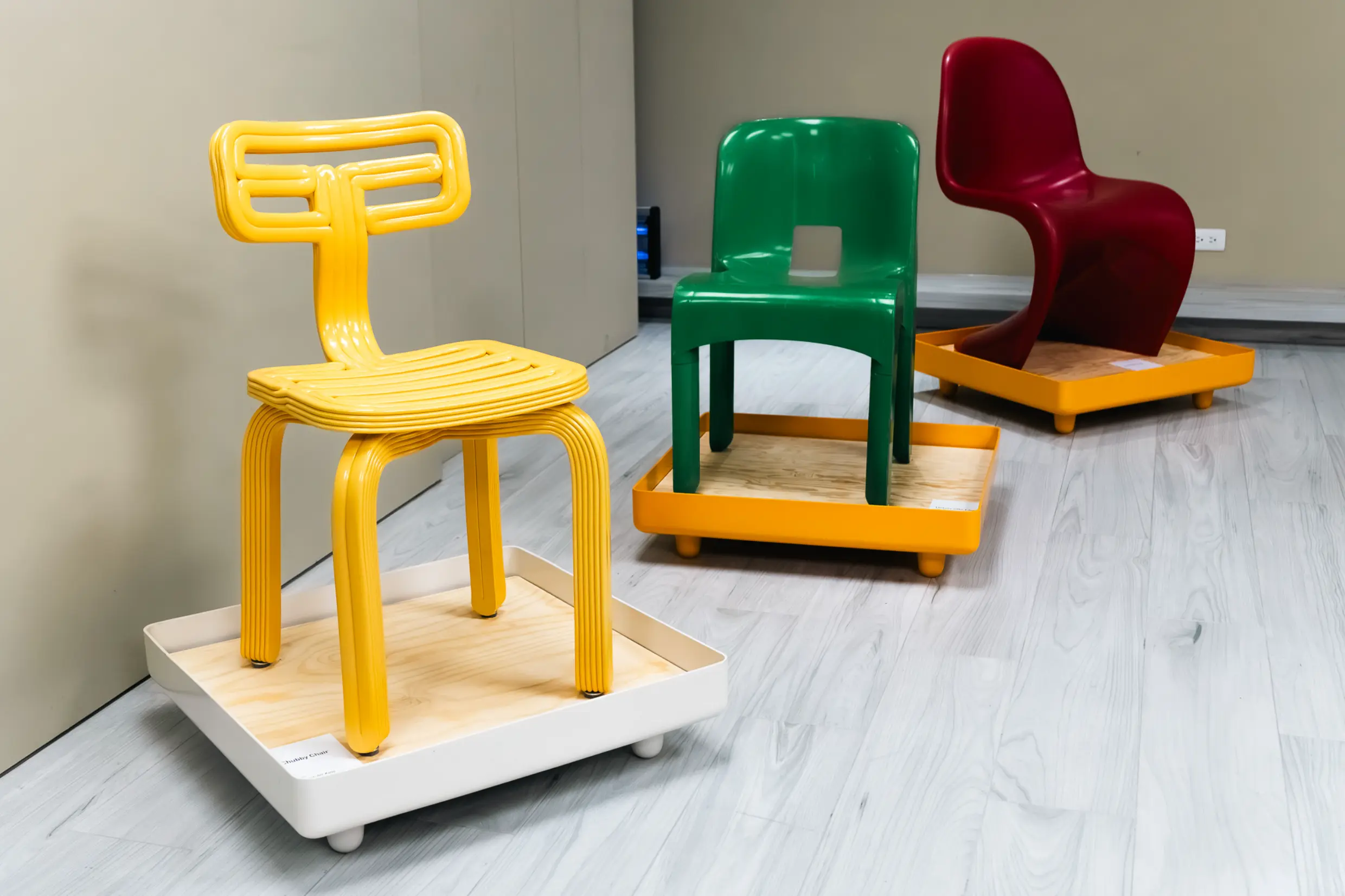
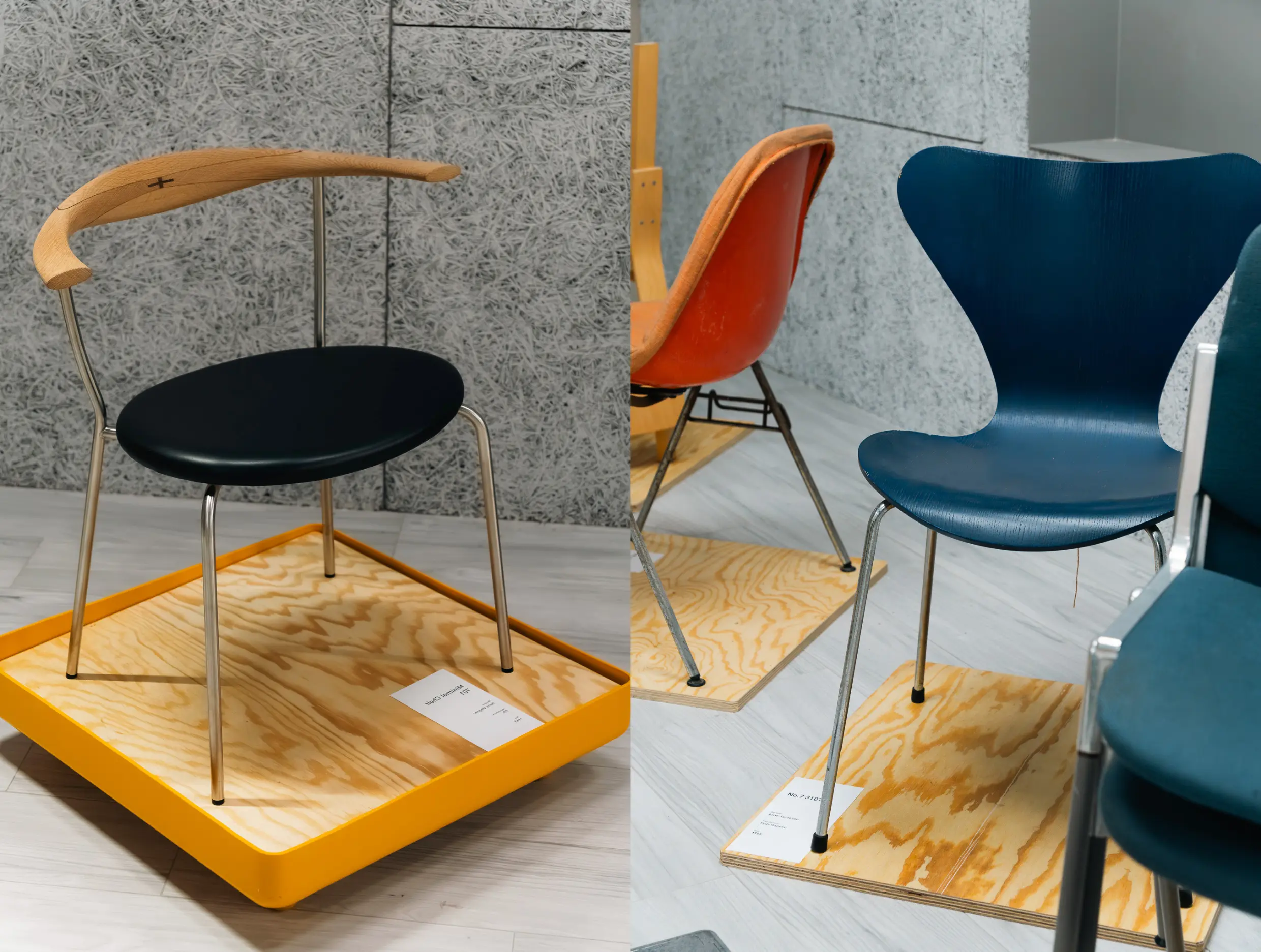
Clearing Up Misconceptions About Vintage Furniture. Hermit often encounters three major misunderstandings when it comes to old furniture:
1. “New is always better.”
Not true. Furniture made in the 1960s was often built with more care and better materials than today’s mass-produced pieces.
2. “Secondhand means low quality.”
“If something is truly well-made, it will outlast us,” Hermit says. Well-kept Danish teak furniture can last over 200 years—ownership is just temporary stewardship.
3. “Solid wood is better than veneer.”
High-quality veneers can actually be more intricate and refined. What matters isn’t the material’s name—it’s the craftsmanship behind it.
A Day Begins with Coffee
For Hermit, coffee isn’t a ritual—it’s an anchor. Every morning, he selects beans and grinds them slowly by hand.
The resistance, the sound, and the aroma—all of it brings him into focus. “Even if I forget everything else by the end of the day,” he smiles, “I’ll always remember that morning coffee.”
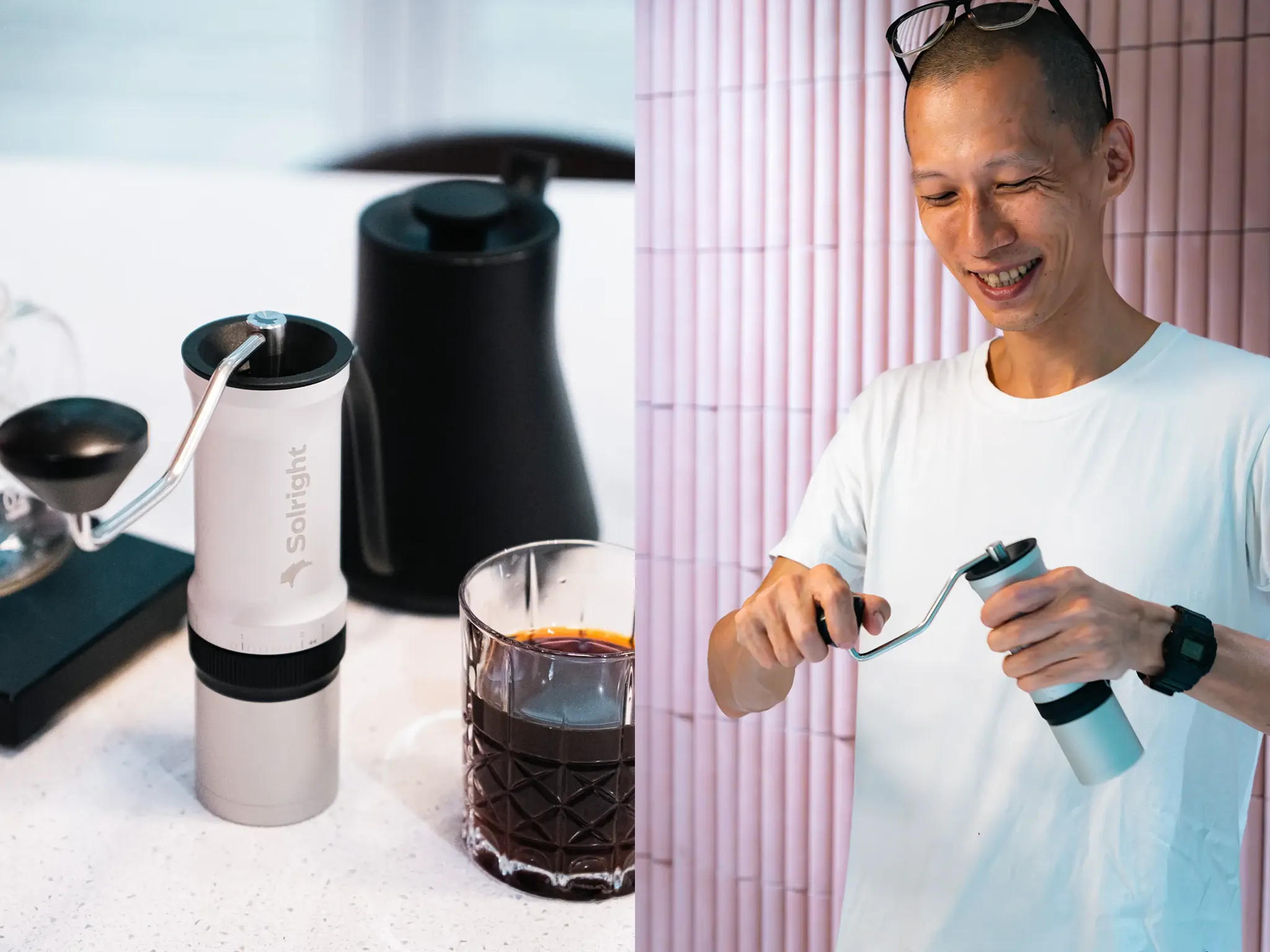
An Unexpected Encounter with Solright DB-1
In that quiet morning routine, one object has become essential—the Solright DB-1 hand grinder.
Compact, tactile, and consistent, it has become a silent companion—blending seamlessly into his daily rhythm, much like the vintage furniture surrounding him.
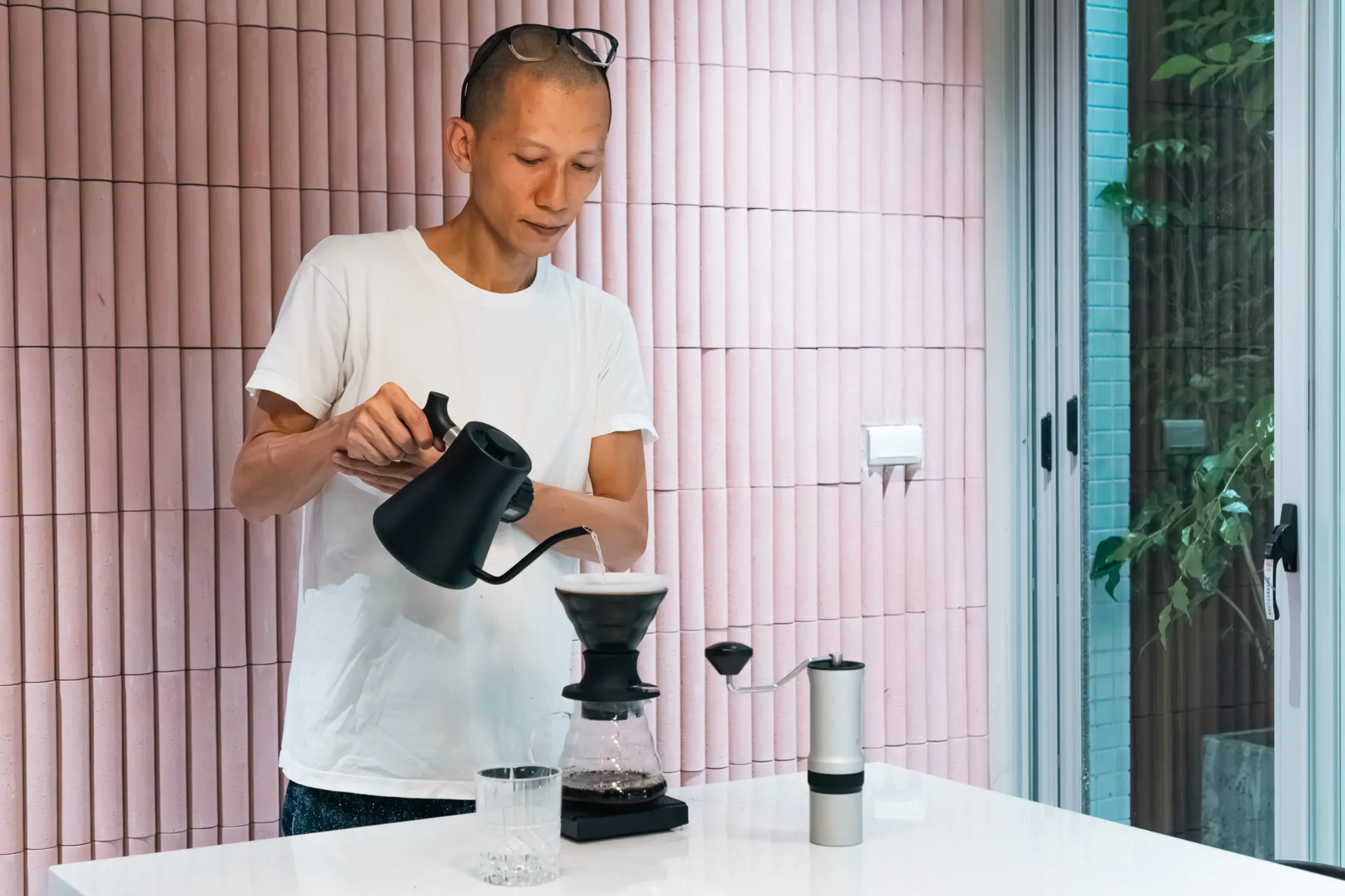
The Only Rule for Good Taste: Be Honest
“Be honest,” Hermit says simply. “Taste isn’t something you define at once—it grows over time, through what you experience and what you love.”
In a world overloaded with trends and noise, Hermit believes true taste comes from trusting your own senses.
The grind of the beans, the scent of the coffee, the quiet moment in between—that’s where authenticity lives.
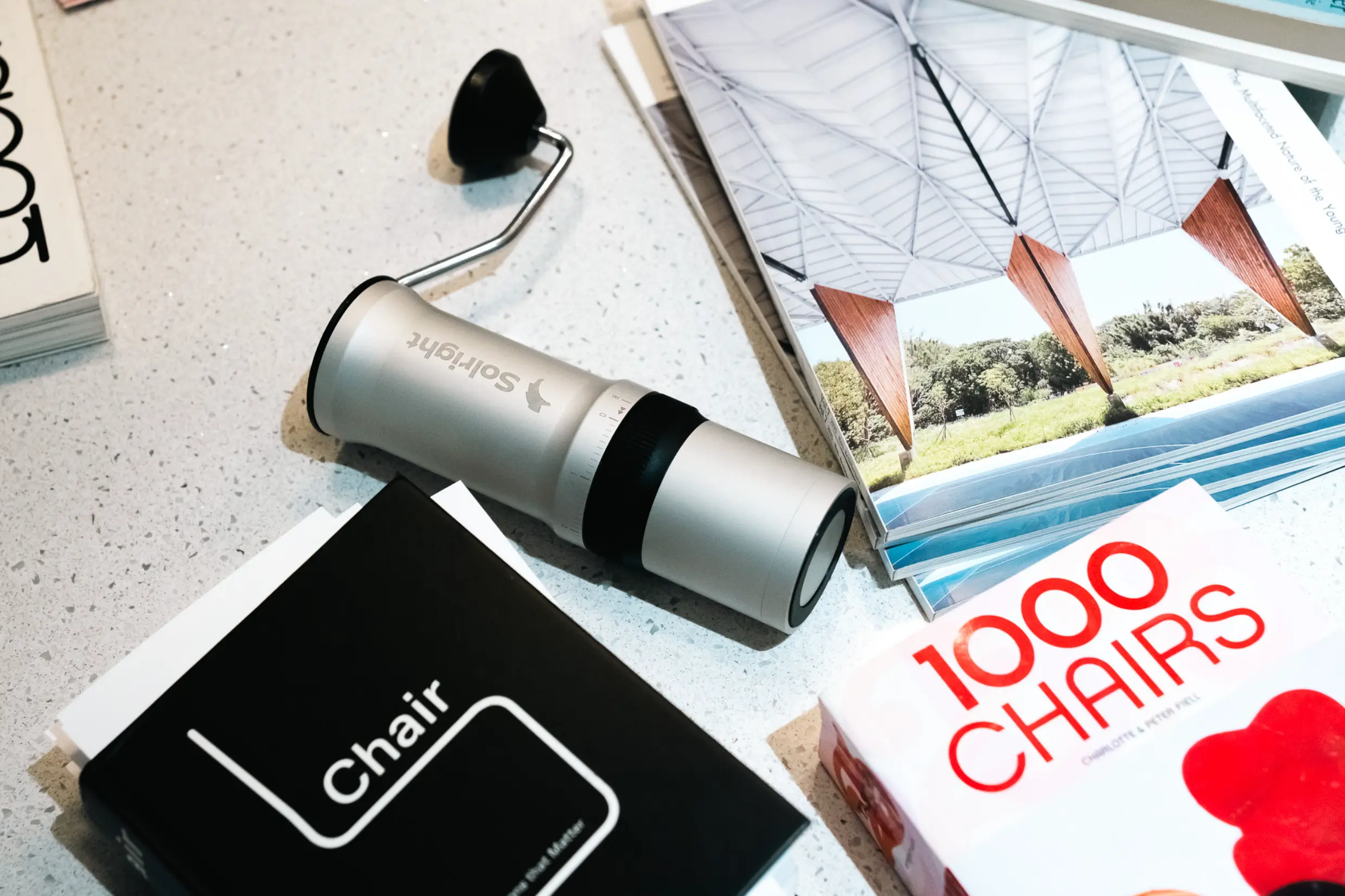
Exhibition Information
- Exhibition: Mix & Match: You Create the Combination!
- 🗓 10/17 – 12/20 (10:00–17:00)
- Tualit Construction, No. 375, Zhongming South Road, West District, Taichung
- Workshop date:10/18、10/24、10/31、11/1、11/7、11/14、11/15、11/21、11/28、11/29、12/5、12/12、12/13、12/19
- Time:14:00–16:00
- Event registration link
Boogie Woogie Company
- ADD:No. 178, Dadun 19th St., Xitun Dist., Taichung City 407, Taiwan (R.O.C.)
- Time:Open Friday–Saturday (14:00-19:00)


